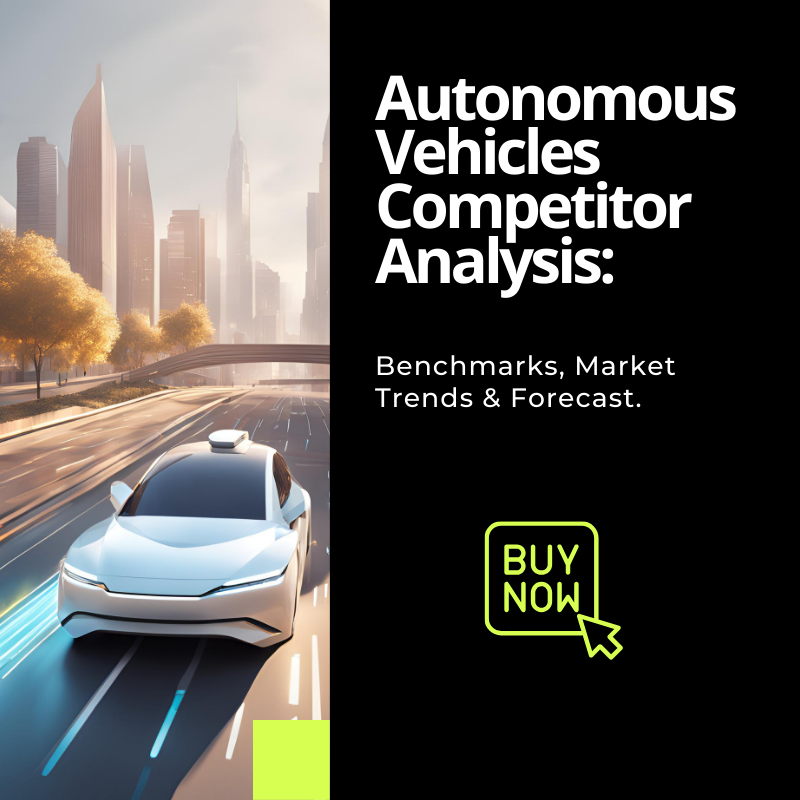2020 witnessed strategic technology partnerships in Lidar, Autonomous Trucks, Autonomous Driving Software, Robotaxis, and 5G for V2X to progress the roadmaps of automotive players to automated and connected driving.
Learn who collaborated with whom across the most crucial Automated Driving technology domains, what does it mean for the players, and what is our outlook on the Automated Driving market.
January 2020: Zenuity-HP
- Technology domain: Data services and computing for Autonomous Driving
- What: Zenuity partnered with Hewlett Packard for AI and higher performance computing for Autonomous Driving.
- Why it matters: Digitalisation is a key enabler of current Connected Car and future mobility services. Also, Artificial Intelligence is one of the key enablers for the transition from today’s driver assistance systems to self-driving chauffeurs in private cars and first/last-mile transportation. Tier-1s need technology partners with expertise in data and computing to support data validation & verification of Automated Driving scenarios and feature development for carmakers.
February 2020: FCA-AutoX
- Technology domain: Automated Mobility on Demand (AMoD)
- What: Alibaba-back AutoX partnered with FCA to develop self-driving robotaxis.
- Why it matters: Automated-Mobility-on Demand can solve challenges in B2C car sharing and B2C taxi services / ride hailing. Firstly, it can provide independence from brokering company and secondly, easy redistribution of vehicles. Carmakers are developing robotaxis mainly for two reasons. To tap into a promising new market as consumer needs in urban environment demand alternative business models of “consuming mobility in addition to or substituting vehicle ownership”. Moreover, through robotaxis, they can amortize the cost of expensive sensors, such as lidars, before they can fit them to passenger cars.
March 2020: Intel-Moovit
- Technology domain: Mobility-as-a-Service (MaaS)
- What: Moovit will join the Mobileye business while retaining its brand and existing partnerships.
- Why it matters: The sharing economy expands to the automotive industry to reshape urban mobility. The addition of Moovit brings Intel’s Mobileye closer to achieving its plan to become a complete mobility provider, including robotaxi services, which is forecast to be an estimated $160 billion opportunity by 2030.
April 2020: APTIV-Hyundai
- Technology domain: Autonomous Driving in Passenger Cars, AMoD
- What: APTIV-Hyundai create Autonomous Joint-Venture called Motional for L4/5 platforms for robotaxis, fleet operators, and OEMs.
- Why it matters: The need for technical expertise in new domains, reduction of capital wasting and acceleration of time-to-market fuel demand for collaboration to develop Autonomous Driving platforms.
May 2020: Huawei-Chinese carmakers
- Technology domain: Connected Cars using 5G
- What: Huawei partnered with Chinese carmakers to “cultivate 5G automobile ecosphere” according to the company. The first batch of 18 automakers of this alliance includes First Automobile Group, Chang’an Automobile, Dongfeng Motor Corporation, SAIC Motor Corporation, Guangzhou Automobile Group, BYD Auto, Great Wall Motors, Chery Holdings, and JAC Motors.
June 2020: NVIDIA-Mercedes
- Technology domain: Autonomous Driving Software
- What: To build the world’s most advanced, software-defined vehicles.
- Why it matters: Software can provide product differentiation and improve customer experience. If carmakers do not embrace tech change and invest in SW, they face being merely assemblers and lose access to a large revenue pool.
July 2020: FCA-Waymo
- Technology domain: Autonomous Trucks and Passenger Cars
- What: FCA and Waymo Further expand Autonomous Driving Technology Partnership.
- Why it matters: Competition for leadership in the ADAS&AD space is intense and success requires expertise, substantial investment in terms of capital, human capital as well as time and time-to-market. This enhances the pursuit for (even) closer collaboration between players to develop components and platforms for higher levels of autonomy and avoid resource wasting.
August 2020: Toyota-Amazon
- Technology domain: LV.4 Parking in Passenger Cars using V2I
- What: Toyota and Amazon Web Services Collaborate on Toyota’s Mobility Services Platform: to expand Toyota’s Mobility Services Platform (MSPF), an ecosystem to help Toyota engineers develop, deploy, and manage the next generation of data-driven mobility services for driver and passenger safety, security, comfort, and convenience in Toyota’s cloud-connected vehicles.
September 2020: ZF-Aeva
- Technology domain: Lidar for Lv.4 in Passenger Cars
- What: Aeva and ZF partner to bring FMCW lidar to automotive grade volume production.
- Why it matters: Lidar can complement radar and camera sensors to provide more robust perception of the vehicle’s environment required for highly-automated driving.
October 2020: Daimler Trucks-Waymo
- Technology domain: Autonomous Trucks
- What: Daimler Trucks and Waymo partner on the development of autonomous SAE Level 4 trucks. Also in October 2020, Daimler Trucks and Torc partnered with Luminar to enable automated trucking – Daimler Trucks acquires a minority stake in Luminar.
- Why it matters: Autonomous Driving features such as multi-brand platooning and autonomous delivery of goods can have a substantial impact on the Commercial Vehicle market where asset tracking, fuel efficiency and road safety are of major importance.
November 2020: Mobileye-Luminar
- Technology domain: Lidar for Lv.4 in Passenger Cars
- What: Luminar partners with Mobileye for self-driving cars, following partnerships with Daimler Trucks and Volvo earlier in 2020. Mobileye said it will use Luminar’s lidar for the first generation of its Level 4 Mobility-as-a-Service pilot and driverless fleet in key markets around the world, including Tel Aviv, Israel; Dubai, United Arab Emirates; Paris; and Daegu City, South Korea.
December 2020: Uber-Aurora
- Technology domain: Autonomous Trucks
- What: Amazon-backed Aurora bought Uber’s ATG and announced a strategic partnership with Uber to strengthen Aurora Driver in heavy and light-duty vehicles.
Read more
- TOP-5 new changes in 2021 transforming Autonomous Driving
- 3 reasons why China could win the Autonomous Driving race
- New Regulation for Lv.3 Autonomy finally coming in 2021 after 3 years of delays
To learn more about competition and market developments in the next decade read our reports

